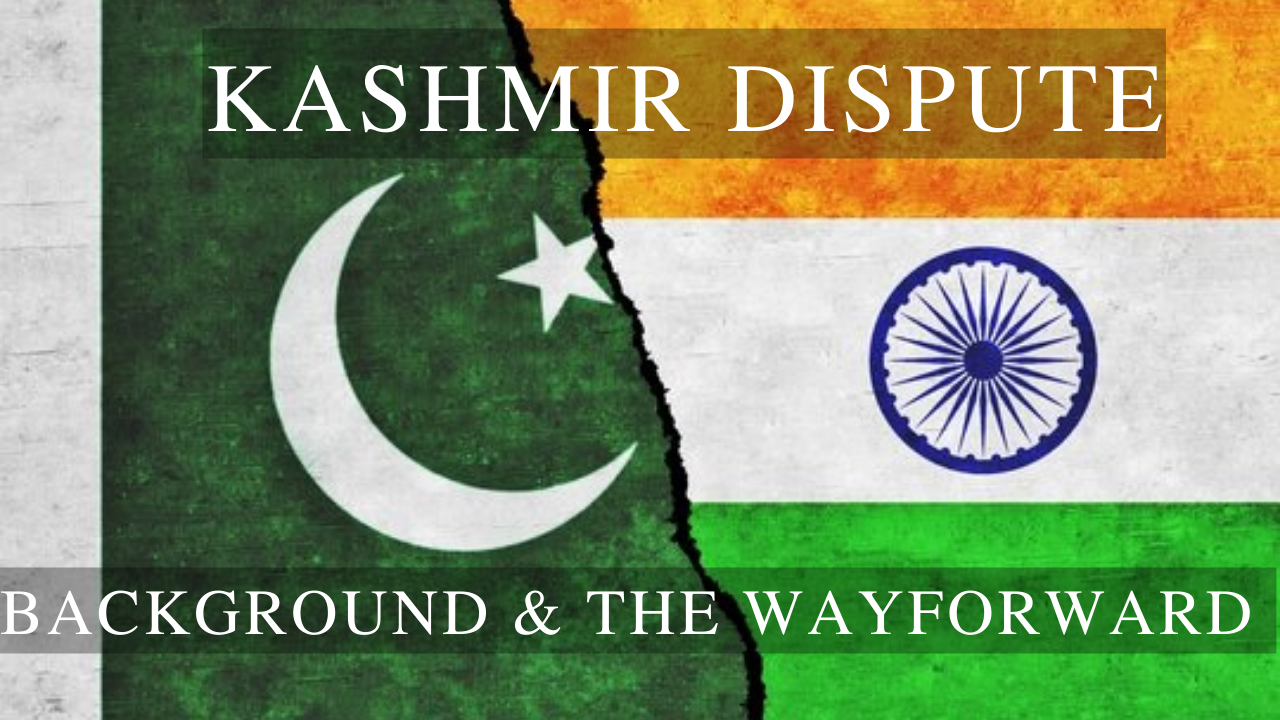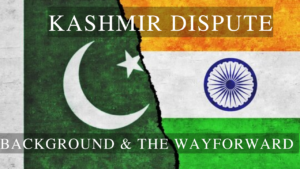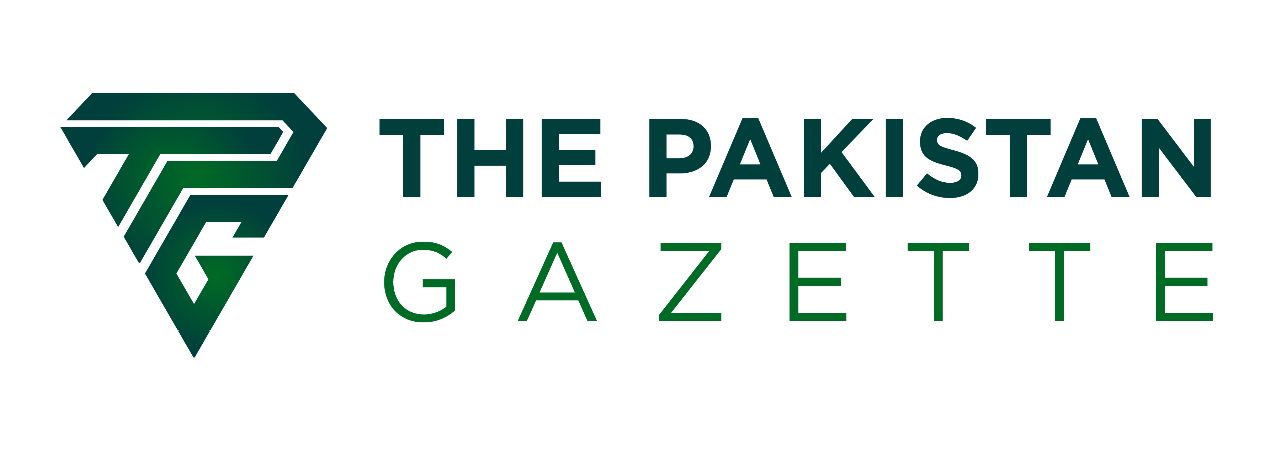
Kashmir Dispute Background and The Way Forward
Background
Kashmir covers an area of 222,738 sq km, which is larger than England and Scotland combined. Kashmir was ruled by Duranni Empire from 1752 to 1846 and after the Anglo-Sikh war ceded by the East India Company as per the Treaty of Lahore and later on transferred to Gulab Singh Dogra through the Treaty of Amritsar. He took the title of Maharaja and his dynasty ruled Kashmir up to 1947. The population of Kashmir was 77% Muslims, 20% Hindus and 3% Sikhs and Buddhists as recorded in the 1941 census. The British paramountcy ended in 562 states in 1947. The states were given options to either accede to India or Pakistan subject to the geography and concerns of the people. Maharaja wanted to keep his status independent; Pakistan was ready to sign a standstill agreement. However, his tight grip on Muslims led them to revolt. Muslim revolt in Poonch was crack-downed by Maharaja forces aided by Hindu nationalists in the valley.
The news spurred tribesmen in Pakistan, they went to Kashmir and a war started between Maharaja forces, Hindu nationalists and tribesmen. Maharaja perceived his defeat so he met Nehru to seek help. India associated any helping hand with the instrument of accession. India invaded Kashmir and claimed that instrument of accession has been signed by Maharaja. The Maharaja actually signed accession is yet controversial as Alastair Lamb says in “Incomplete partition” that in India archives there is no instrument of accession which they can show to the world. After India’s invasion, Pakistan forces also invaded Kashmir to assist tribesmen and to withdraw them peacefully. The occupied regions went under the control of respective forces and a Line of Control was established.

Kashmir’s Importance
Kashmir is mostly known because of its beauty but has wide importance not only for India, Pakistan and China but for the whole region. This is a disputed zone between three world nuclear powers; 35% is Pakistan administered, 15% is Under China’s control and 55% is India administered. The region has a wide potential of tourism and can contribute to the country’s GDP. It has water reservoirs which can make 16000 megawatts of power and also headworks which control the flow of water. For India, this is the only passage to Central Asia and for Pakistan, without Kashmir there is no China and without China, there would be no CPEC and BRI. The region is disputed and surrounded by nuclear powers and uncertainty here is a threat to regional and global peace.
Role of UN in the Kashmir Dispute
The Kashmir dispute is longest standing dispute on the UN agenda. Though the UN has passed multiple resolutions but brought no results. On 1st January Nehru, wrote to the UN that as per article-35 of the UN, charter UN should act if there is any threat to global peace and give reference to the situation between India and Pakistan. UN passed Resolution-38 and stressed that both countries should maintain peace and withdraw forces from their territory. This is followed by Resolution-39 in which the UN set a commission of three members United Nations Commission for India and Pakistan (UNCIP) to work on proposals to find a way out of a dispute. In Resolution-47 the UN increased the number of members to five and sent it to India to broker between India and Pakistan to establish a cease-fire and make an environment for Plebiscite; succeded in the cease-fire but failed in any consensus regarding the plebiscite. To which Sir, Owen Dixon responded that the method proposed in Resolution-47 is not workable. He proposed his own suggestion i.e. dividing the territory into different regions and allocating them to either India or Pakistan. In case of confusion, a plebiscite will be conducted — Dixon’s plan was rejected and the mission ended. The revoke of article-370 put an end to the last vestiges of the plebiscite.
Article 370
Article-370 was formed when Sheikh Abdullah welcomed the accession but with a provision that Kashmir would be given a special status. Nehru accepted and gave special status to Kashmir. With special status, Kashmir was autonomous having their own flag, national language, and constitution. They were completely autonomous except in defence, foreign affairs and economy. This autonomy was revoked in 2019. P Chindarabaman, Congress leader termed this decision catastrophic. Mehbooba Mufti said that the decision is a fraudulent act with the parliament, constitution and people of Kashmir. AG. Norrani said that the decision is illegal and can be challenged in court because it is at variance with article-253 of the Indian constitution. However, Amit Shah BJP leader responded that the state became home to terrorism and corruption so we have no other way but to revoke. Maleeha Lodhi said that the only purpose behind the whole saga is to change Kashmir’s demography. Recently 3.4 million domiciles were issued to non-Kashmiris — they only convert the majority into a minority. UN responded to revoke that both countries maintain peace and refrain from any act dangerous to global peace.
Solutions to Kashmir Dispute, Wayforward, Recommendations
The solution to the Kashmir issue depends upon Pak-Indo relations. Currently, there is complete isolation, no talks, and no trade. So any solution to the dispute under the BJP rule seems a far cry. In past, there were many attempts which might have solved dispute; however, not succeeded. Notable were Shimla Agreement, Lahore Declaration, Tashkent Declaration and the most important one is Musharaf’s four points in which it was suggested to retain the borders, withdraw forces, lenient borders for Kashmiris and formation of a joint council that will monitor the whole process. The proposal was to be put into action but was thwarted by the political turmoil on both sides. Dan Markey, a senior fellow at Council on Foreign Relations says that the only possible if ever possible would be Musharaf’s 4 points. Moreover, both countries should work on Confidence Building Measures, diasporas interactions, and parliament interactions may break the ice.
The writer studies at the Department of English and Applied Linguistics University of Peshawar.

